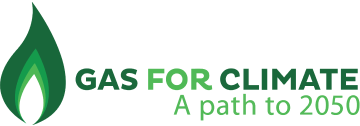Advocating for the role of renewable and low carbon gas in the future energy system
Meet the consortium
Gas for Climate is a group of eleven leading European gas transport companies and three renewable gas industry associations, including DESFA, Enagás, Energinet, Fluxys, Gasunie, GRTgaz, Nordion, ONTRAS, Open Grid Europe, Snam, Teréga, Consorzio Italiano Biogas, European Biogas Association, and German Biogas Association.
Our vision
Gasses and their infrastructures are important today and will continue to be important towards 2050 and beyond by shifting towards renewable and low carbon gases to meet the Paris Agreement target of limiting global temperature rise to well below 2 degrees Celsius. Gas for Climate advocates for a smart combination of electricity and gas in an integrated energy system to deliver an affordable transition to climate neutrality.
Our expertise
The Gas for Climate consortium has undertaken several large studies that analyse the future role and value of renewable and low carbon gases and gas infrastructure. Our key areas of focus are:
Milestones
Gas for Climate was initiated in 2017 to analyse and create awareness about the role of renewable and low carbon gas in the future energy system in full compliance with the Paris Agreement. Over the past few years, the Gas for Climate consortium showed that renewable and low carbon gases have an important role to play in the EU energy system.

